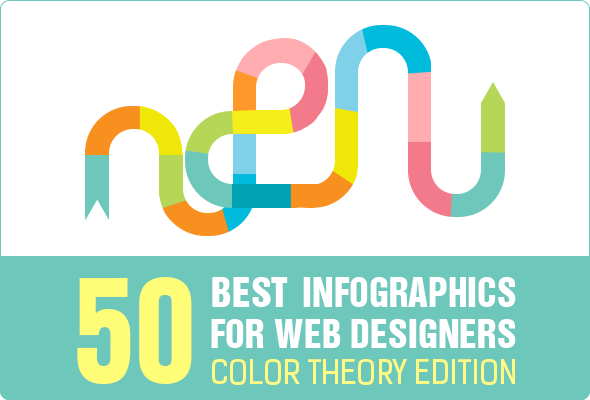The Makeover Of Online Platforms: A Journey Via Time
The Makeover Of Online Platforms: A Journey Via Time
Blog Article
Content Created By-Monroe Harding
In the past, web sites were simple and focused on details. Navigation was straight, and style was for desktop computers. Currently, customer experience is key. Information guides designs for simple navigation. Receptive formats fit different tools. Today, dark setting minimizes strain, and minimal food selections boost navigation. Interactive attributes involve individuals, and bold visuals stand apart. AI assimilation improves engagement. See just how layout has evolved to boost your on-line journey.
Early Days of Website Design
In the very early days of website design, simpleness reigned supreme. Websites were basic, with limited shades, typefaces, and formats. The emphasis got on giving information rather than flashy visuals. Users accessed the web with slow-moving dial-up links, so speed and functionality were vital.
Navigation menus were straightforward, usually situated at the top or side of the web page. Internet sites were created for desktop, as mobile browsing wasn't yet common. https://shanemhbvo.blogoscience.com/35969454/understanding-local-search-engine-optimization-essential-info-for-small-business-owners was king, and developers prioritized simple readability over intricate design aspects.
web design content was the primary coding language made use of, and developers had to function within its constraints. Computer animations and interactive functions were very little compared to today's requirements. Internet sites were fixed, with little dynamic content or personalized user experiences.
Increase of User-Focused Layout
With the development of internet site style, a change towards user-focused design principles has ended up being significantly popular. Today, developing internet sites that focus on individual experience is vital for engaging site visitors and achieving organization goals. User-focused design involves recognizing the needs, choices, and behaviors of your target audience to customize the site's layout, material, and features appropriately.
Designers currently conduct detailed research study, such as individual studies and use testing, to gather insights and responses straight from customers. This data-driven technique helps in producing instinctive navigation, clear calls-to-action, and aesthetically appealing user interfaces that reverberate with site visitors. By positioning the customer at the facility of the style process, web sites can deliver a much more tailored and pleasurable experience.
Receptive style has actually additionally emerged as a crucial element of user-focused style, guaranteeing that sites are enhanced for numerous devices and display dimensions. This adaptability improves accessibility and usability, accommodating the varied means customers communicate with web sites today. In essence, the surge of user-focused style indicates a shift towards developing digital experiences that focus on the needs and expectations of the end customer.
Modern Trends in Website Design
Discover the most recent patterns shaping web design today. One famous trend is dark setting layout, providing a smooth and modern-day appearance while reducing eye strain in low-light atmospheres. An additional vital trend is minimalist navigation, streamlining food selections and enhancing user experience by concentrating on essential elements. Including micro-interactions, such as computer animated buttons or scrolling results, can develop a much more appealing and interactive internet site. Responsive style continues to be essential, guaranteeing seamless user experiences throughout different devices. In addition, utilizing strong typography and asymmetrical formats can add aesthetic rate of interest and accentuate details content.
Incorporating AI modern technology, like chatbots for client support or customized referrals, improves customer engagement and streamlines procedures. Ease of access has likewise become a significant trend, with developers focusing on inclusive style practices to accommodate diverse individual demands. Accepting sustainability by enhancing internet site performance for rate and effectiveness is one more arising pattern in web design. Collaborating with individual responses and information analytics to repeat and improve style continually is essential for remaining relevant in the ever-evolving digital landscape. By embracing these contemporary trends, you can create a visually enticing, user-friendly site that resonates with your target market.
Conclusion
As you reflect on the advancement of website layout from the early days to now, you can see just how user-focused layout has actually ended up being the driving force behind modern-day patterns.
Welcome the trip of modification and adaptation in website design, always keeping the individual experience at the leading edge.
Stay present with the most recent patterns and innovations, and never stop progressing your technique to create aesthetically magnificent and straightforward internet sites.
Evolve, adapt, and produce - the future of web design is in your hands.
